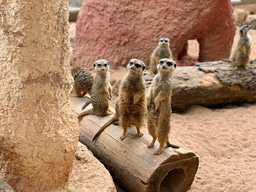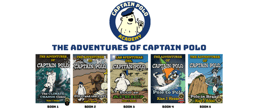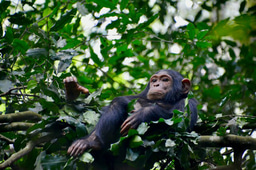Moth Composition In Amurum Forest Reserve, Nigeria

Insects are the most species-rich taxon, with about one million described species, making up over 70% of all known species (Jonason et al., 2014). Among these, the order Lepidoptera, comprising butterflies and moths, is one of the largest, with around 180,000 described species. While 10% of Lepidoptera are butterflies (suborder Rhopalocera), the remaining 90% are primarily nocturnal moths (historically termed Heterocera) (Kristensen et al., 2007; New, 2004). Moths play crucial roles in ecosystems: as herbivores during their larval stage, as pollinators, and as prey for animals like bats and birds. They are also valuable indicators of environmental change.
The Amurum Forest Reserve, located on Nigeria’s Jos Plateau, is a Key Biodiversity Area, primarily consisting of woodland and gallery forests along seasonal streams. Studying moth diversity across these habitats is essential for conservation and ecological research. Unlike many invertebrates, moth distributions and ecology are well-documented (Fox et al., 2013). However, in recent decades, moth populations have seen significant declines, with potential cascading effects across ecosystems (Jonason et al., 2013; Wickramasinghe et al., 2004).
Light traps are widely used to survey moths due to their attraction to artificial light (Franzén & Johannesson, 2007). However, factors such as trap design, light type, and weather conditions like temperature and rainfall can influence trap effectiveness (Fayle et al., 2007a; Yela & Holyoak, 1997a). Understanding these factors is important for optimizing data collection and capturing a representative picture of moth diversity.




Please sign in or register for FREE
If you are a registered user on WildHub, please sign in
Thanks for sharing your ask for help Barnabas and interesting to read about your research. Perhaps our WildHub Community Advocates @Grace Alawa and @Eberechi Cecilia Osuagwu, Wildhub Advocate who are both based in Nigeria would know where you could find support for equipment and analysis. For expert insights, I would signing up to our Conservation Catalyst programme here, which can be a great experience for networking as well as sharing other people’s learnings.
Thank you so much.